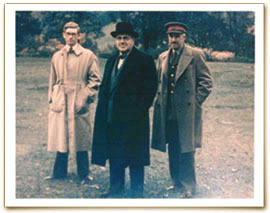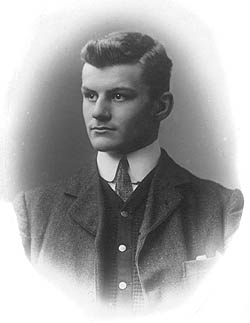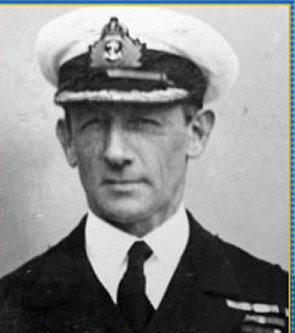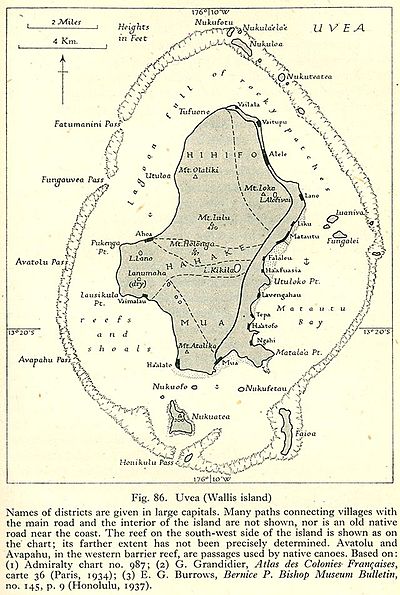
The Portsmouth Naval Shipyard, often called the Portsmouth Navy Yard, is a United States Navy shipyard in Kittery on the southern boundary of Maine near the city of Portsmouth, New Hampshire.

The Naval Intelligence Division (NID) was created as a component part of the Admiralty War Staff in 1912. It was the intelligence arm of the British Admiralty before the establishment of a unified Defence Intelligence Staff in 1964. It dealt with matters concerning British naval plans, with the collection of naval intelligence. It was also known as "Room 39", after its room number at the Admiralty.

Sir Francis Harry Hinsley, was an English historian and intelligence officer. He worked at Bletchley Park during the Second World War and wrote widely on the history of international relations and British Intelligence during the Second World War. He was known as Harry Hinsley.
Commander Alexander "Alastair" Guthrie Denniston was a Scottish codebreaker in Room 40, deputy head of the Government Code and Cypher School (GC&CS) and hockey player. Denniston was appointed operational head of GC&CS in 1919 and remained so until February 1942.

Sir Raymond William Firth was an ethnologist from New Zealand. As a result of Firth's ethnographic work, actual behaviour of societies is separated from the idealized rules of behaviour within the particular society. He was a long serving Professor of Anthropology at London School of Economics, and is considered to have singlehandedly created a form of British economic anthropology.

Lieut-Colonel Kenneth Mason MC was a British soldier and explorer notable as the first statutory professor of Geography at the University of Oxford. His work surveying the Himalayas was rewarded in 1927 with a Royal Geographical Society Founder's Medal, the citation reading for his connection between the surveys of India and Russian Turkestan, and his leadership of the Shaksgam Expedition.
Captain Stephen Wentworth Roskill, was a senior career officer of the Royal Navy, serving during the Second World War and, after his enforced medical retirement, served as the official historian of the Royal Navy from 1949 to 1960. He is now chiefly remembered as a prodigious author of books on British maritime history.

Admiral Sir Gerald Louis Charles Dickens was a senior Royal Navy officer and the grandson of Victorian novelist Charles Dickens.

When the United Kingdom declared war on Nazi Germany in September 1939 at the start of World War II, it controlled to varying degrees numerous crown colonies, protectorates, and India. It also maintained unique political ties to four of the five independent Dominions—Australia, Canada, South Africa, and New Zealand—as co-members of the then "British Commonwealth". In 1939 the British Empire and the Commonwealth together comprised a global power, with direct or de facto political and economic control of 25% of the world's population, and of 30% of its land mass.

HMS Wrestler (D35) was a V and W-class destroyer built by the Royal Navy during the First World War and active from 1939 to 1944 during the Second World War. She was the first Royal Navy ship to bear that name, and the only one to do so to date.
At the beginning of World War II, the Royal Navy was the strongest navy in the world, with the largest number of warships built and with naval bases across the globe. It had over 15 battleships and battlecruisers, 7 aircraft carriers, 66 cruisers, 164 destroyers and 66 submarines. With a massive merchant navy, about a third of the world total, it also dominated shipping. The Royal Navy fought in every theatre from the Atlantic, Mediterranean, freezing Northern routes to Russia and the Pacific ocean.

Air Marshal Sir Francis John Linnell, was a senior Royal Air Force commander during the Second World War. He was Controller of Research and Development of the Ministry of Aircraft Production during the development of the Bouncing bomb, the weapon eventually employed in Operation Chastise. 'Jack' was dubbed Sir Francis in the desert in front of the British press by King George VI and posthumously appointed Commander of the Legion of Merit by U.S. President Franklin D. Roosevelt.
The Inter-Services Topographic Department (1940–1946) was a joint British Army and Navy organization created during World War II that was responsible for supplying topographic intelligence for all combined operations, and in particular, for preparing reports in advance of military operations overseas. This is an intelligence unit administered by the Royal Navy.

This is a bibliographyof works on World War II.
The Commander in Chief, Dover was an operational commander of the Royal Navy. His subordinate units, establishments, and staff were sometimes informally known as the Dover Command.

The Operations Division was a former directorate of the Admiralty Naval Staff responsible for the creation and implementation of long-term policy in regards to the composition of all Royal Navy fleets, squadrons and commands and including operational planning and monitoring from 1912 to 1961.

The Plans Division was the former war preparation and wartime strategic planning arm of the Admiralty Department from 1917 to 1964, The division originally became the main policy advisory and formulating body to the Chief of the Naval Staff. It later came under the supervision of the Assistant-Chief of the Naval staff (Policy).

During the First World War, the Commander-in-Chief at the Cape, Rear Admiral Herbert King-Hall, expended much effort to destroy the elusive German light cruiser Königsberg.

Major-General Sir James Syme Drew was a decorated British Army officer who saw service during both the world wars. He served as aide-de-camp to the King, commanded the 52nd (Lowland) Infantry Division, was colonel to the Queen's Own Cameron Highlanders, and became director-general of the Home Guard and Territorial Army.











